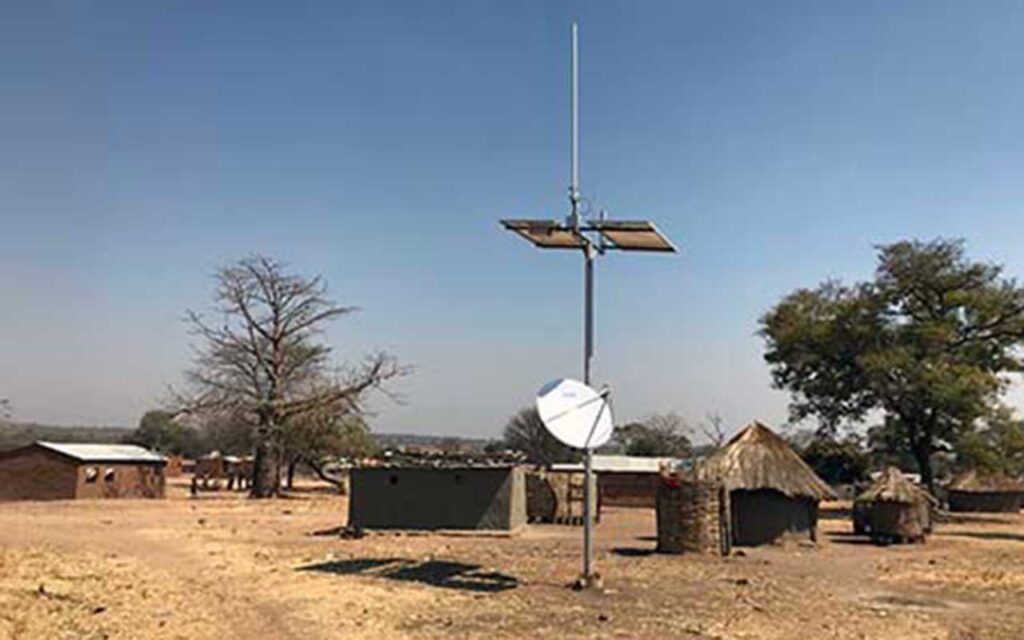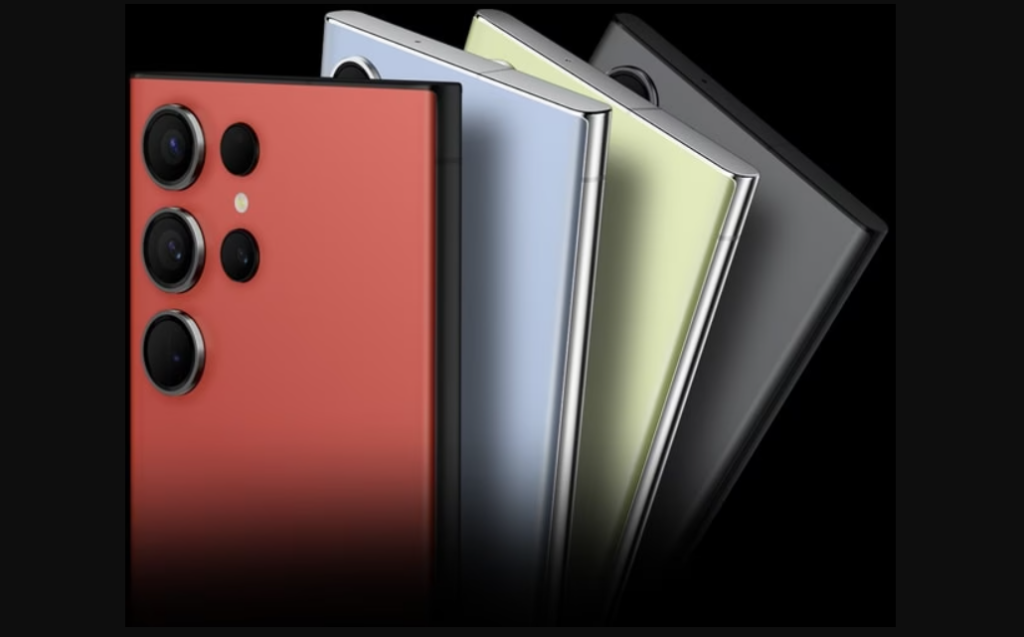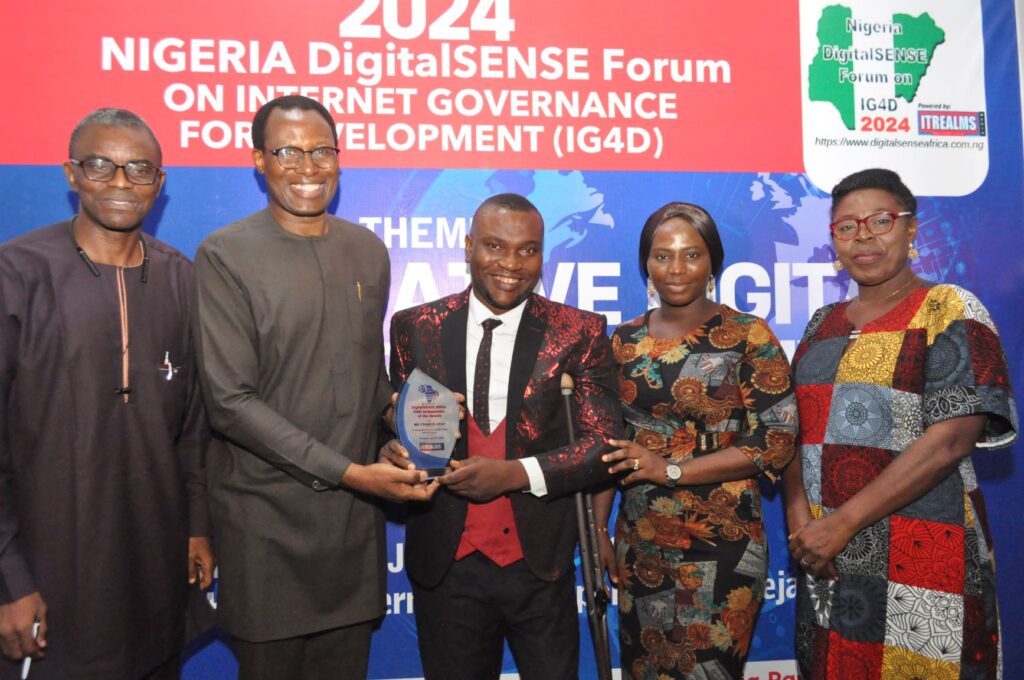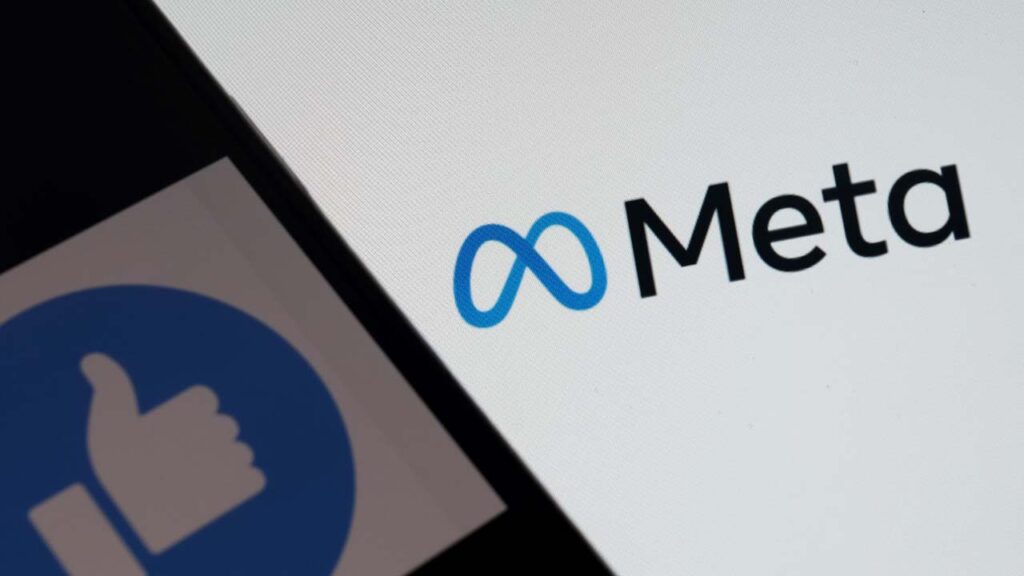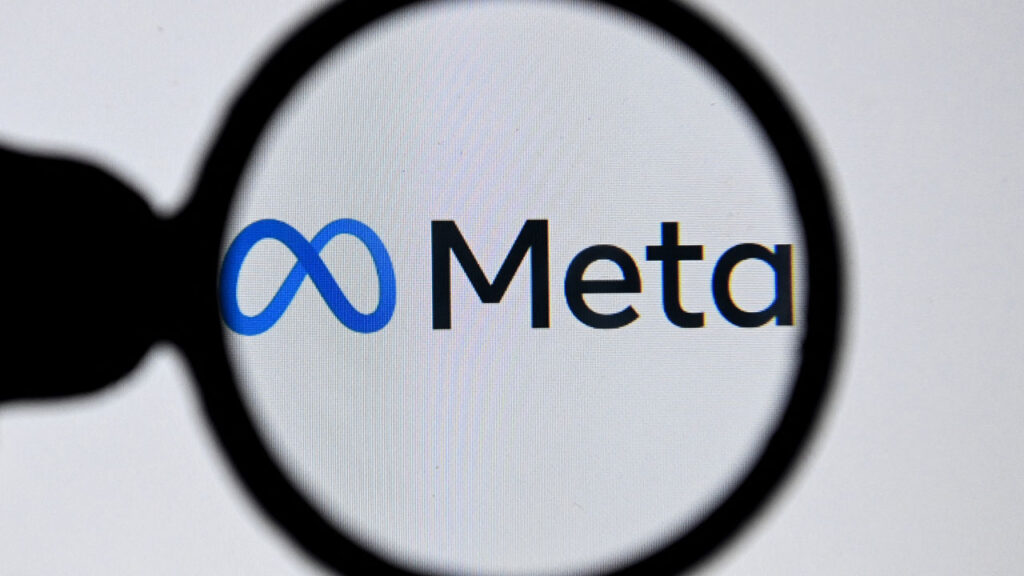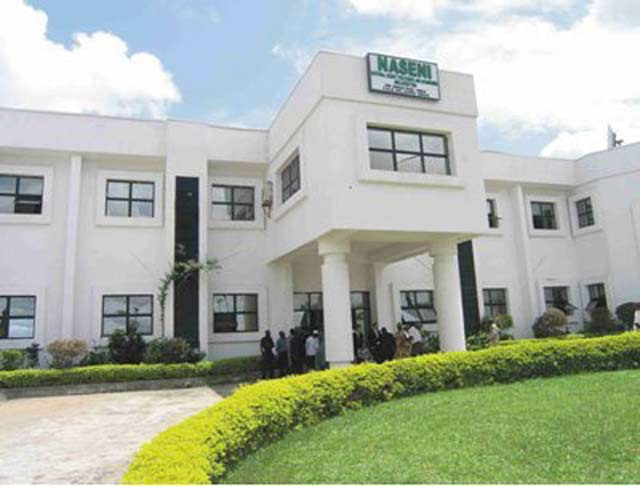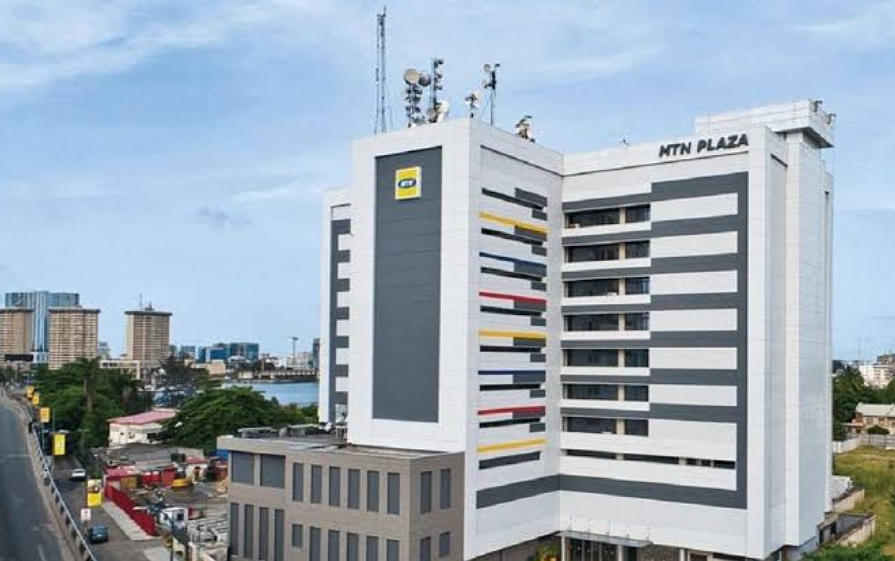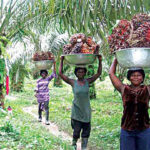Telecommunications operators have been tasked with the responsibility of ensuring that crisis-affected zones in the country are connected.
This move is expected to improve the quality of living within those areas, especially in the internally displaced people (IDP) camps.
GSMA in its ‘Connectivity in Crisis: The Humanitarian Mobile Coverage Gap,’ report obtained by The Guardian, noted that connectivity is a fundamental requirement in crisis settings, both for the people affected by the crisis and the delivery of a modern humanitarian response.
The telecoms advocacy body, whose focus in the report was on three countries including Nigeria, the Democratic Republic of Congo and Burkina Faso, said while the connectivity needs of humanitarian responders tend to be met in a crisis, the corresponding needs of crisis-affected communities are often poorly understood, underappreciated and under-supported, stressing that its absence and loss can have profound humanitarian implications.
According to GSMA, expanding and upgrading mobile networks for crisis-affected communities requires effective, evidence-backed approaches to understanding coverage gaps.
The telecoms body, which represents the interest of operators across the globe, including Nigeria, noted that there is growing recognition across a range of sectors that closing humanitarian mobile coverage gaps is important, saying that recent technological advances have fostered collective enthusiasm about potential step changes in mobile coverage.
“However, a variety of challenges have made long-term, meaningful progress difficult,” it stated.
GSMA said it aimed to galvanise cross-sector action to meet the connectivity needs of crisis-affected communities around the world.
Indeed, in Nigeria, GSMA said due to data gaps, it was only possible to estimate differences in mobile network coverage for IDPs.
The analysis found sizable differences across 2G, 3G and 4G networks, both at the national level and in BAY states where most IDPs reside. However, the difference in the BAY states is notably less, which means that a large proportion of the difference at a national level is explained by the fact that coverage is more limited in the BAY states, where IDPs are disproportionately located.
Specifically, in terms of nationwide coverage, the total population of Nigerians on 2G is 93 per cent, while in IDPs, it is 54 per cent; 3G coverage is 85 per cent and 48 per cent in IDPs while 4G is 78 per cent and 42 per cent in IDPs. But in BAY states, for 2G on total population, it is 61 per cent and 51 per cent in IDPs; 3G is 55 per cent and in the IDPs is 45 per cent, while 4G is 45 is per cent of the total population and 42 per cent of the IDPs.
GSMA observed that connecting crisis-affected, underserved and last[1]mile communities around the world is a challenge for a broad range of actors and sectors. The body said that while efforts to bridge differences in mobile coverage for crisis[1]affected groups have been relatively limited to date, the development community has used a range of approaches to connect other underserved groups to mobile networks.
It stressed that investment by the mobile industry, alongside innovative applications of various technology, partnership and financial models has meant that, as of 2023, 95 per cent of the world’s population live in an area covered by at least a 3G network.
In its submission, GSMA said aerial connectivity solutions, satellites, satellite backhaul and direct-to-consumer services can effectively bridge connectivity gaps.
It noted that while the analysis in the report only covers three countries of the many dozens currently home to crisis-affected communities, the pilot study data suggested that differences in mobile network coverage for crisis-affected groups are still a problem that must be addressed.
The telecoms body said that technological advances like aerial connectivity solutions will make it easier to close remaining coverage gaps over time.
“However, for the foreseeable future, cross-sector cooperation between MNOs and humanitarian and development actors will continue to have a role in ensuring network expansion is equitable for those who need it most,” it stated.

